2025 02/28
Railway Congestion Rates: A Vital Factor in Choosing a Place to Live
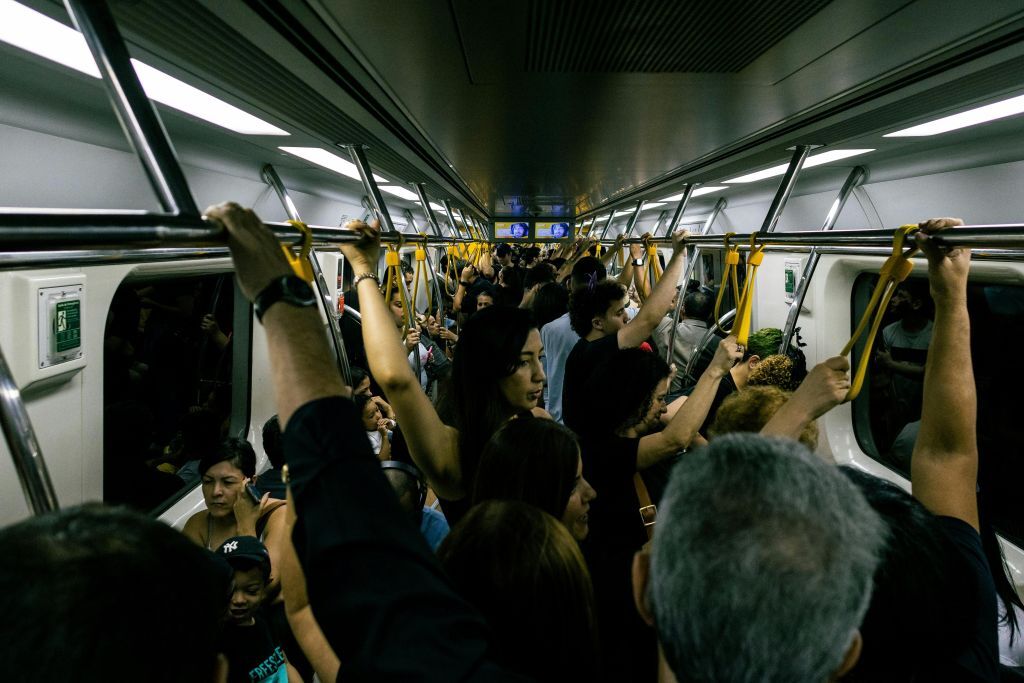
When selecting a place to live, the railway congestion rate is a critical aspect to consider.
While crowded trains may be an accepted part of life for many Japanese commuters, for foreign residents new to the metropolitan area, they can be a significant source of stress. However, understanding the level of congestion on different train lines in advance can help you choose a location that minimizes this stress.
In this article, we delve into the basics of railway congestion rates, provide a ranking of congested train lines, and examine the changes before and after the COVID-19 pandemic.
What is a Railway Congestion Rate?
The railway congestion rate measures how crowded a train is, providing an essential metric for evaluating commuting comfort.
The formula is:
Congestion Rate = Number of Passengers ÷ Maximum Train Capacity
A higher value indicates more crowded conditions, while a lower value suggests a higher chance of securing a seat. This makes the congestion rate an important factor when choosing a place to live.
Congestion Rate Levels and Their Impact
The following is a guide to interpreting congestion rates:
Congestion Rate Levels and Their Impact
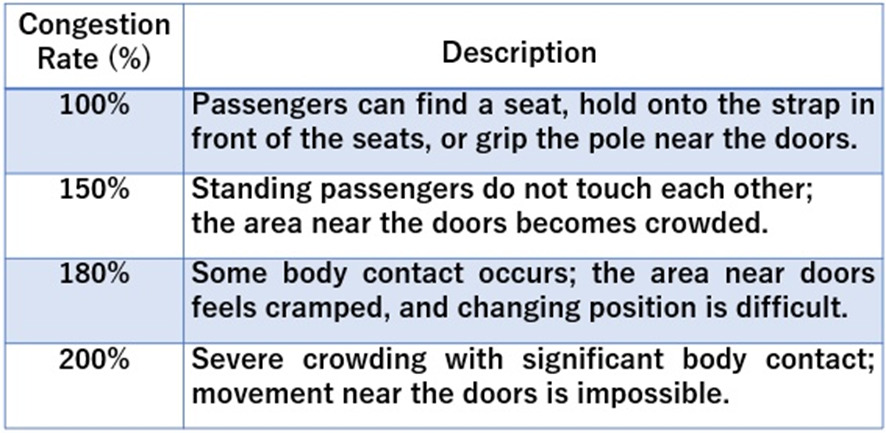
If you live near a train line with a congestion rate of 180–200%, daily commutes are likely to be a source of considerable stress.
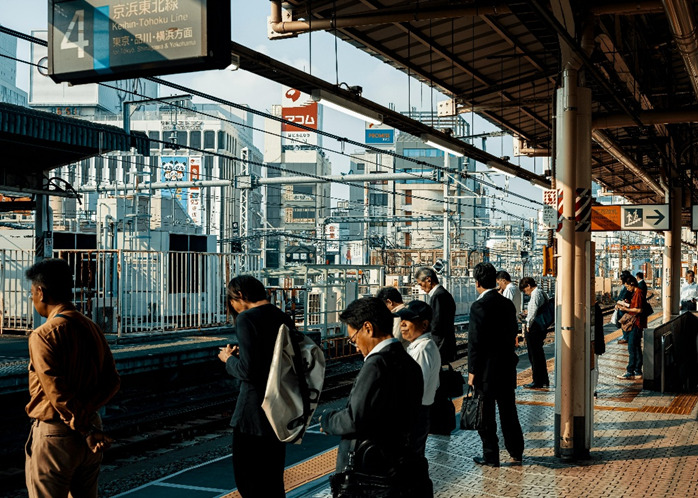
Ranking of Congested Train Lines in the Tokyo Metropolitan Area
Here are the top-ranked congested train lines based on the latest data.
Ranking of Congested Train Lines in the Tokyo Metropolitan Area
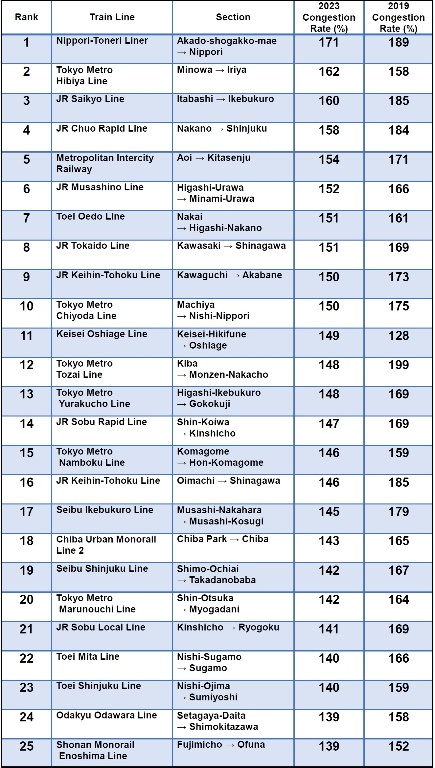
The No. 1 Worst No. 1 spot goes to the Nippori-Toneri Liner for the fourth consecutive year. It stands far ahead of other lines, cementing its position as the undisputed champion.
With a congestion rate of 171%, it approaches the government-defined benchmark of 180%, described as: "Some body contact occurs; the area near doors feels cramped, and changing position is difficult." Just imagining such a level of crowding is enough to give you chills.
From 9th place onward, congestion rates fall below 150%, meaning the trains are in a state where "Standing passengers do not touch each other; the area near the doors becomes crowded." Compared to the No. 1 Nippori-Toneri Liner, these lines offer a relatively less stressful commuting experience.
You can check which stations are crowded at the following web site.
https://tmap-sid.tokyometro.jp/o/view/index.html
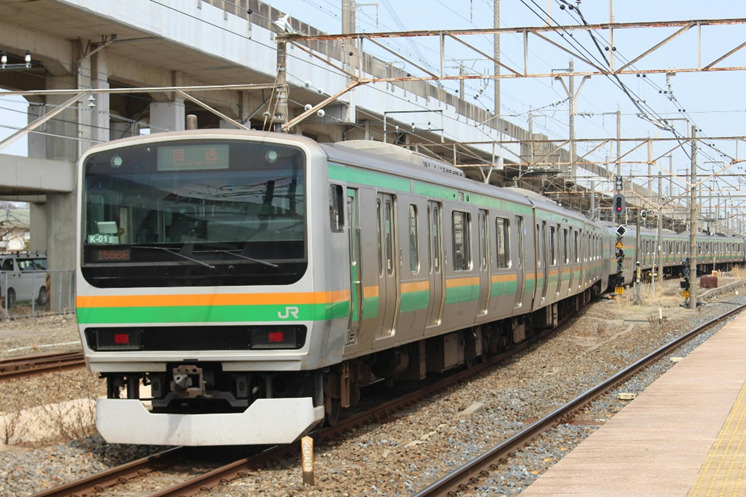
Changes in Congestion Rates Before and After COVID-19
How has the congestion rate changed before and after COVID-19?
Before COVID-19
In the late 1980s, the average congestion rate in the metropolitan area was an astonishing 202%.
This was significantly reduced to around 165% by 2019, thanks to government initiatives aimed at achieving rates below 180%.
Efforts included the addition of more train cars, promoting flexible working hours, and constructing alternative transport links to reduce passenger volume on overcrowded lines.
After COVID-19
In 2019, when the COVID-19 pandemic began, the number of passengers temporarily decreased significantly due to the spread of the virus and the adoption of remote work.
In 2023, after the pandemic had subsided, the average congestion rate increased to 136%.
However, it has not yet returned to the 165% level seen before the pandemic. This is partly because the ongoing adoption of hybrid work models may prevent a full return to pre-pandemic congestion levels.
Case Study: Tokyo Metro Tozai Line
There is a train line that has seen a significant change in congestion rates before and after the COVID-19 pandemic.
One such line is the Tokyo Metro Tozai Line, which was once a regular in the congestion rate rankings. The congestion rate for this line decreased from 199% in 2019 to 148% in 2023, causing it to fall out of the top rankings.
The main reasons for this change are as follows:
• Decrease in passenger numbers: The number of passengers during peak hours dropped from 76,000 (2019) to 59,000 (2023).
• Infrastructure improvements: Measures to alleviate congestion, such as the expansion of tracks, have been implemented.
As a result, the level of overcrowding has significantly decreased compared to before.
In other words, it's not just that the congestion eased due to the impact of COVID-19; infrastructure improvements have also played a key role in reducing congestion. This shows that even for currently overcrowded lines, future infrastructure development may lead to further improvements in congestion rates.
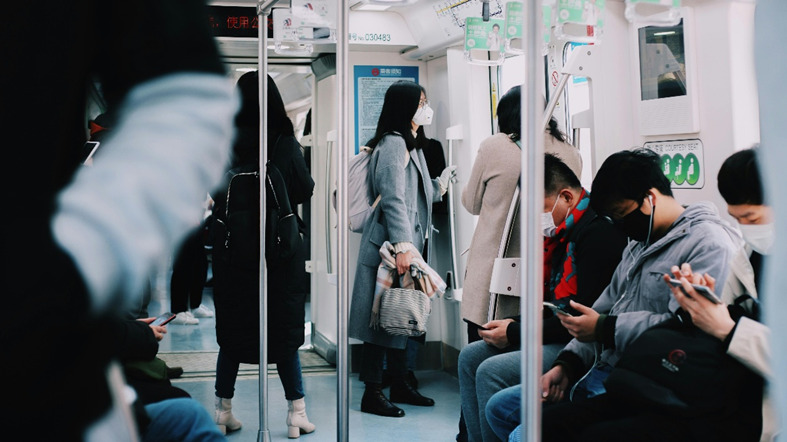
Conclusion
Railway congestion rates significantly impact daily commuting comfort and quality of life. When choosing a place to live, particularly in the Tokyo metropolitan area, selecting a location with lower congestion rates can lead to a more pleasant daily routine.
Use the insights and rankings provided in this article to find the perfect location for a stress-free lifestyle!